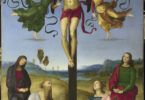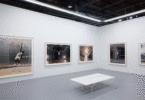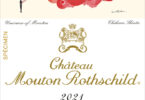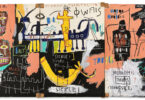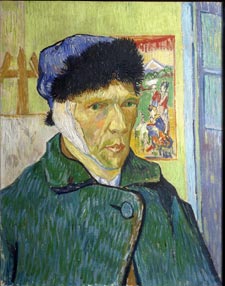
You may also like
Happy Easter from the Team at Connoisseur Magazine!
3 weeks ago
About Connoisseur Magazine
3 months ago
by Staff Writer
NOW ON VIEW: PAUL PFEIFFER AND EDDIE RODOLFO APARICIO...
4 months ago
The label for Château Mouton Rothschild 2021...
5 months ago
by Staff Writer
Basquiat’s ‘El Gran Espectaculo (The...
1 year ago
by Staff Writer
THE MUSEUM OF CONTEMPORARY ART (MOCA) APPOINTS JOSÉ...
1 year ago

